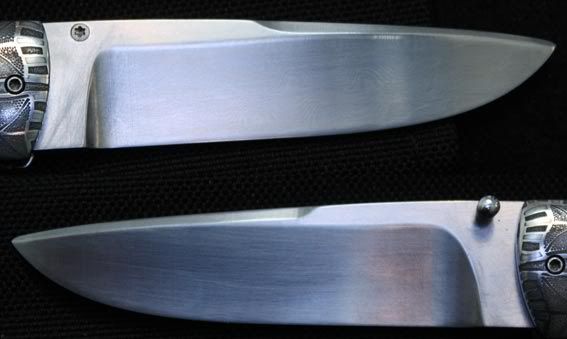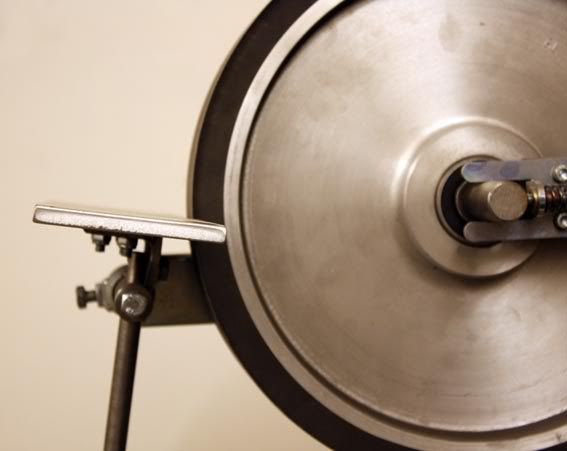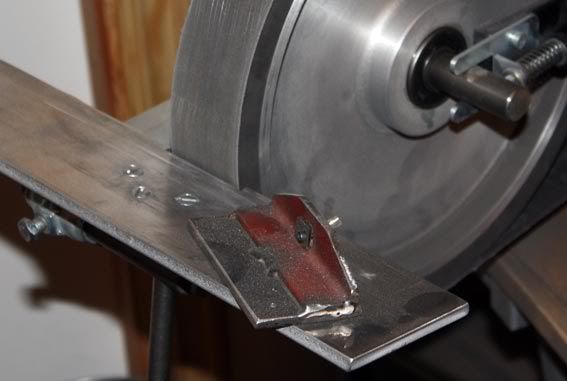Hello!
Can anybody please try to explain what I'm doing wrong here.
Sees like this always is the start of my grinding - the rest
is just trying to correct my error. Obviosly I'm trying to to make a
straight line but this seem almost impossible.
Couple of drawings here - hope they explain what's going on.
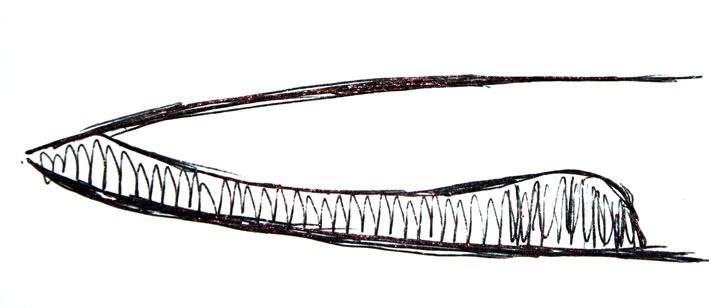
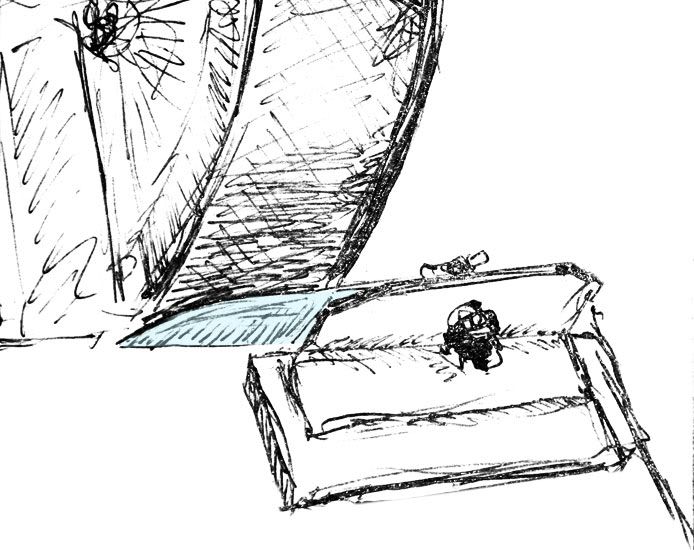
Regards
Rasmus
Can anybody please try to explain what I'm doing wrong here.
Sees like this always is the start of my grinding - the rest
is just trying to correct my error. Obviosly I'm trying to to make a
straight line but this seem almost impossible.
Couple of drawings here - hope they explain what's going on.


Regards
Rasmus

